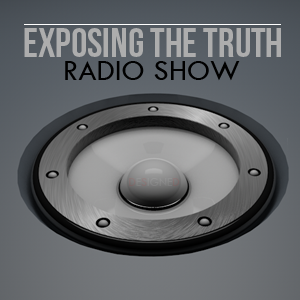As was the plan all along, the so-called “War on Terror” has officially devolved into a war on the American people
This was clearly illustrated by the recent traitorous passage of the egregious National Defense Authorization Act by the US Congress. But in order to fully implement the ultimate goal of total control and tyranny, the federal government is now actively collecting the names of individuals that are preparing for the future by buying and storing emergency food supplies. 
Oath Keepers, an association of active servicemen devoted to upholding their oath of guarding the republic and protecting individual liberty, has reported that federal agents recently paid a visit to a Latter Day Saints food storage cannery in Tennessee. Though they had no reason to be there, these agents allegedly interrogated the facility’s manager and demanded to see a list of customers that had purchased, and were storing, food there.
Oath Keepers Tennessee Chapter President Rand Cardwell confirmed the incident, according to reports, as he is in close contact with a fellow veteran who happens to store his own food at the facility in question. According to the man’s account, agents entered the facility and began demanding payment records and personal information for everyone connected with the operation.
“The manager informed the agents that the facility kept no such records and that all transactions were conducted on a cash-and-carry basis,” Cardwell is quoted as saying, concerning the incident. “The agents pressed for any record of personal checks, credit card transactions, etc., but the manager could provide no such record. The agents appeared to become very agitated and after several minutes of questioning finally left with no information.”
This unprovoked act of intimidation is highly concerning, but it is also somewhat contradictory. On the one hand, the federal government has been instilling fear into the American public for years, and has even made announcements urging the public to be prepared. But on the other hand, this same government is now pursuing those who are heeding these precautions as if they are terrorists.
Oath Keepers suggests the government might be trying to gather intelligence on food-storing Americans in order to later come and confiscate that food, or worse — after all, freedom-loving patriots who are preparing for social upheaval are a threat to the power structure that seeks to tighten the noose of tyranny around the neck of society.
Source: https://peopleforfreedom.com/








 sending...
sending...
